
The release of NVIDIA OptiX 9.0 introduces a new feature called cooperative vectors that enables AI workflows as part of ray tracing kernels. The feature leverages NVIDIA RTX Tensor Cores for hardware-accelerated matrix operations and neural net computations during shading. This unlocks AI rendering techniques such as NVIDIA RTX Neural Shaders and NVIDIA RTX Neural Texture Compression (NTC) and��
]]>
AI is transforming how we experience our favorite games. It is unlocking new levels of visuals, performance, and gameplay possibilities with neural rendering and generative AI-powered characters. With game development becoming more complex, AI is also playing a role in helping artists and engineers realize their creative visions. At GDC 2025, NVIDIA is building upon NVIDIA RTX Kit��
]]>
Meshes are one of the most important and widely used representations of 3D assets. They are the default standard in the film, design, and gaming industries and they are natively supported by virtually all the 3D softwares and graphics hardwares. A 3D mesh can be considered as a collection of polygon faces, most commonly consisting of triangles or quadrilaterals.
]]>
Since 2018, NVIDIA DLSS has leveraged AI to enable gamers and creators to increase performance and crank up their quality. Over time, this solution has evolved to include groundbreaking advancements in super resolution and frame generation. Now, the AI neural rendering technology takes the next step forward with DLSS 3.5. This update includes an important new feature called Ray Reconstruction.
]]>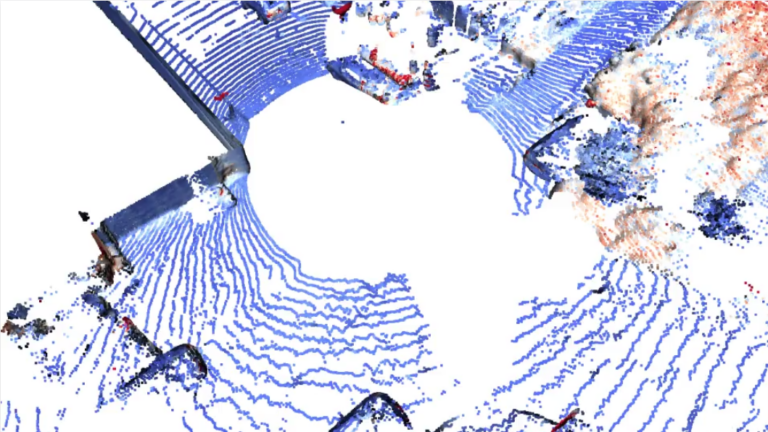
Autonomous vehicle (AV) development requires massive amounts of sensor data for perception development. Developers typically get this data from two sources��replay streams of real-world drives or simulation. However, real-world datasets offer limited flexibility, as the data is fixed to only the objects, events, and view angles captured by the physical sensors. It is also difficult to simulate��
]]>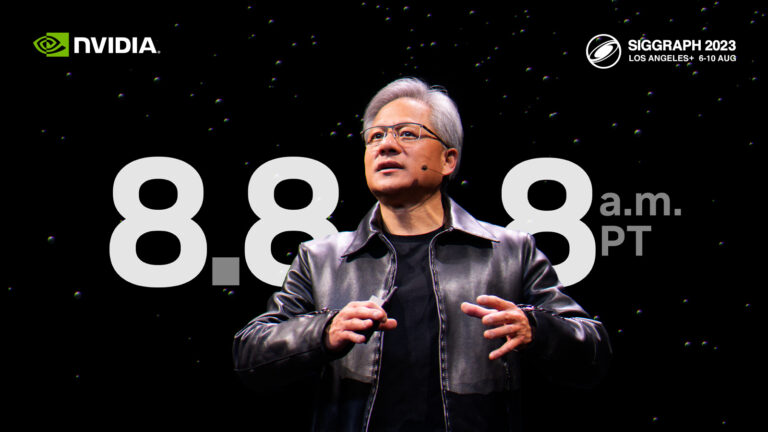
On Aug. 8, Jensen Huang features new NVIDIA technologies and award-winning research for content creation.
]]>
NVIDIA DLSS Frame Generation is the new performance multiplier in DLSS 3 that uses AI to create entirely new frames. This breakthrough has made real-time path tracing��the next frontier in video game graphics��possible. NVIDIA has made it easier for you to take full advantage of this technology with the release of the Unreal Engine 5.2 Plugin and Streamline 2.1 SDK.
]]>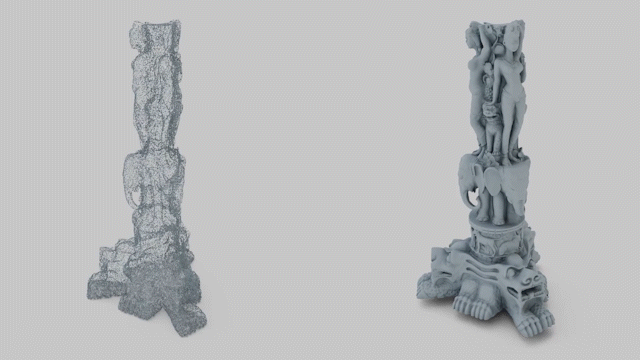
Reconstructing a smooth surface from a point cloud is a fundamental step in creating digital twins of real-world objects and scenes. Algorithms for surface reconstruction appear in various applications, such as industrial simulation, video game development, architectural design, medical imaging, and robotics. Neural Kernel Surface Reconstruction (NKSR) is the new NVIDIA algorithm for��
]]>
Thousands of developers and content creators have built stunning 3D visuals with NVIDIA Instant NeRF, a rendering tool that turns a set of static images into a realistic 3D scene. Now, it is also possible to navigate Instant NeRF in VR and step into 3D creations with the latest Instant NeRF software update. Named by TIME Magazine as a top invention of 2022, Instant NeRF provides a glimpse��
]]>
TIME Magazine named NVIDIA Instant NeRF, a technology capable of transforming 2D images into 3D scenes, one of the Best Inventions of 2022. ��Before NVIDIA Instant NeRF, creating 3D scenes required specialized equipment, expertise, and lots of time and money. Now it just takes a few photos and a few minutes,�� TIME writes in their release. The 3D rendering tool was introduced at SIGGRAPH��
]]>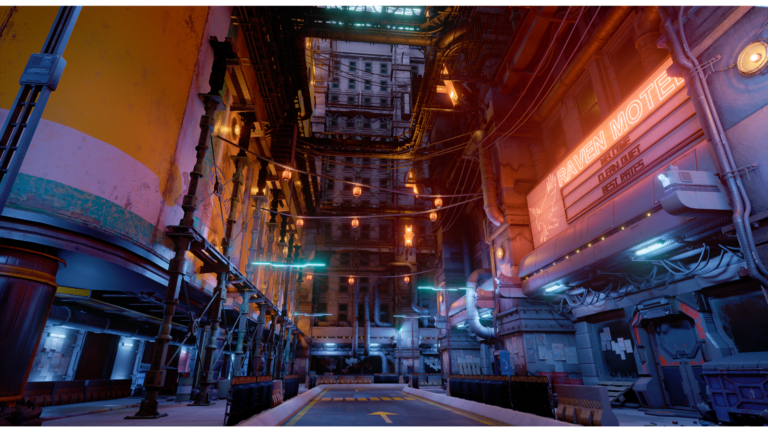
NVIDIA recently announced Ada Lovelace, the next generation of GPUs. Named the NVIDIA GeForce RTX 40 Series, these are the world��s most advanced graphics cards. Featuring third-generation Ray Tracing Cores and fourth-generation Tensor Cores, they accelerate games that take advantage of the latest neural graphics and ray tracing technology. Since the introduction of the GeForce RTX 20 Series��
]]>
Developers, creators, and enterprises around the world are using NVIDIA Omniverse to build virtual worlds and push the boundaries of the metaverse. Based on Universal Scene Description (USD), an extensible, common language for virtual worlds, Omniverse is a scalable computing platform for full-design-fidelity 3D simulation workflows that developers across global industries are using to build out��
]]>
We recently kicked off our NVIDIA Developer Program exclusive series of Connect with Experts Ask Me Anything (AMA) sessions featuring NVIDIA experts and Ray Tracing Gems editors Eric Haines, Adam Marrs, Peter Shirley, and Ingo Wald. During the AMA, the editors offered some valuable guidance and tips on how to successfully integrate real-time rendering. Check out the top five questions and��
]]>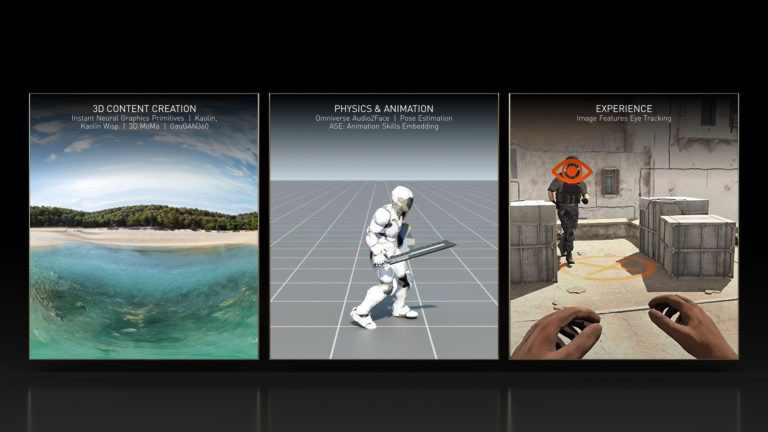
A dozen tools and programs��including new releases NeuralVDB and Kaolin Wisp��make 3D content creation easy and fast for millions of designers and creators.
]]>
Research on neural fields has been an increasingly hot topic in computer graphics and computer vision in recent years. Neural fields can represent 3D data like shape, appearance, motion, and other physical quantities by using a neural network that takes coordinates as input and outputs the corresponding data at that location. These representations have been proven to be useful in various��
]]>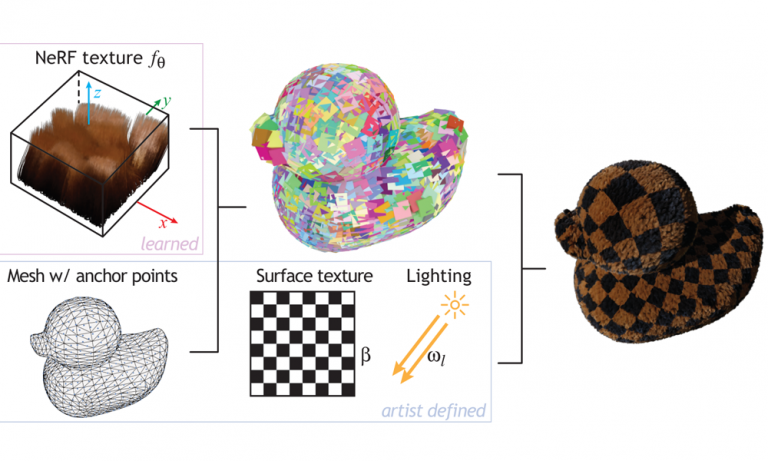
NVIDIA researchers collaborated with ETH Zurich and Disney Research|Studios on a new paper, ��NeRF-Tex: Neural Reflectance Field Textures�� that will be presented at the Eurographics Symposium on Rendering (EGSR) June 29 �C July 2, 2021. The paper introduces a new modeling primitive: neural reflectance field textures, or NeRF-Tex for short. NeRF-Tex is inspired by recent techniques for representing��
]]>
Synthesizing 3D views of a scene using multiple camera angles, cameras, and lighting conditions is a challenging task for computer vision models and an important prerequisite for AR and VR applications. A group of researchers from Google Research and Google Brain are working to solve this problem by developing deep learning models that can synthesize complex outdoor scenes using only unstructured��
]]>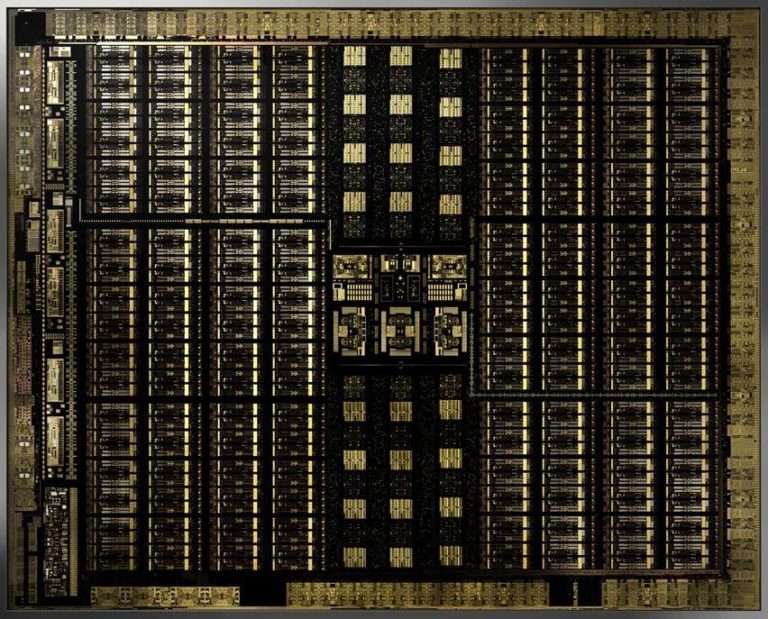
Fueled by the ongoing growth of the gaming market and its insatiable demand for better 3D graphics, NVIDIA? has evolved the GPU into the world��s leading parallel processing engine for many computationally-intensive applications. In addition to rendering highly realistic and immersive 3D games, NVIDIA GPUs also accelerate content creation workflows, high performance computing (HPC) and datacenter��
]]>